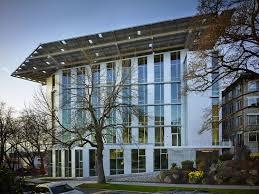Energy modelers are a unique breed. You understand how buildings use energy and how to best represent this energy use in energy models. You know the details of HVAC equipment, including esoteric concepts like part-load and temperature dependent curves; you understand HVAC controls and their impact on energy use; and you can characterize fenestration with performance metrics like SHGC, VT and U‑factor.
The details and knowledge required to properly construct a building model can be overwhelming, but COMNET can help. The modeling rules are laid out in a consistent format that enables you to compare the rules for different versions of the standard. Standard or default modeling assumptions are offered to speed the process othe of developing conceptual models. Everything is laid out in a consistent format to make your work flow smoother.
Defining the baseline building can take a lot of time and the rules seem to be under constant revision, but COMNET supports Standard 90.1-2016 (with addendum “bm”) which simplifies the process. Using these modeling guidelines, a single energy modeling workflow can be used can be used for multiple purposes. You can use it to earn LEED points, comply with the local codes and qualify for a financial incentive.
It is COMNET’s hope that most software will eventually automatically generate the addendum “bm” baseline building and produce standard reports that can be passed on directly to energy program administrators. The use of COMNET accredited software that has these features will reduce the drudgery and allow you to focus on the more important job of creating more energy efficiency and sustainable buildings.
It's the COMNET goal to reduce the drudgery from developing energy models so that energy modelers can focus on real improvements to building energy efficiency.

